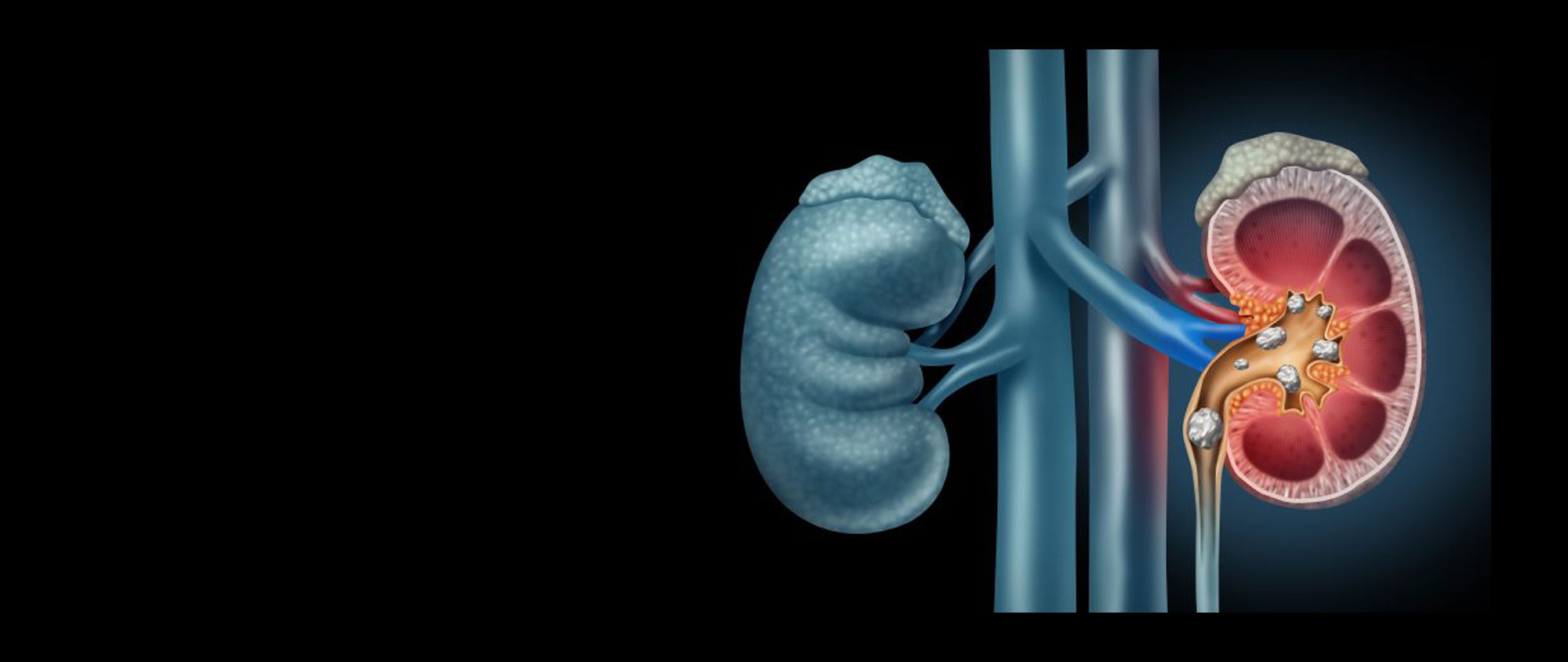What are kidney stones?
Stones form in the kidney when certain organic and inorganic crystals amalgamate with proteins and precipitate in the urine under favourable conditions, for example, persisting states of dehydration. This initially results in crystal formation, but when favourable conditions persist it results in formation of larger stones.
Calcium stones are the most frequent type accounting for nearly 80%.
How common are kidney stones?
The true incidence of kidney stones in India is not really known but is far more prevalent than quoted in the literature from the West. It is estimated that 1 in 10 people at any point of time are likely to be harbouring a kidney stone.
It is more common in males (3:1) but this may be slowly getting equal with increasing lifestyle changes, obesity and renal diseases.
The lifetime risk of developing renal colic is 5-10%. Once there has been a stone episode, the lifetime risk of recurrence is 50-70%.
The risk of stone formation is increased with the following:
- living in hot climes
- working in hot environment eg. chefs, manual labourers
- poor fluid intake
- recurrent urinary infections
- kidneys with scars or cysts
- strong family history of kidney stones
- several uncommon conditions like hyperparathyroidism, hyperoxaluria, hyperuricemia and cystinuria
- rarely, with certain medications (eg. diuretics, anti-HIV drugs)








